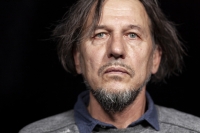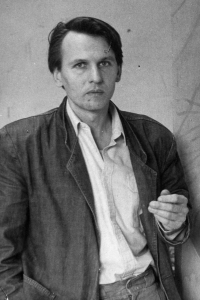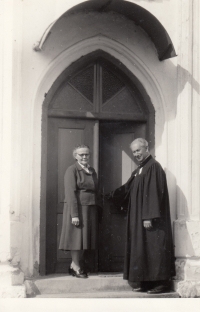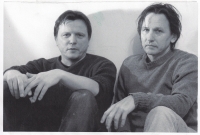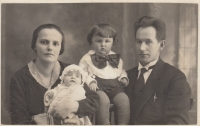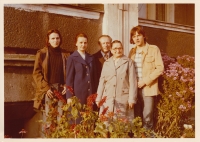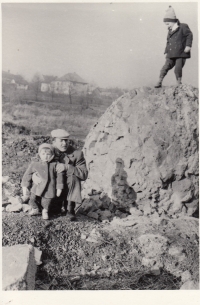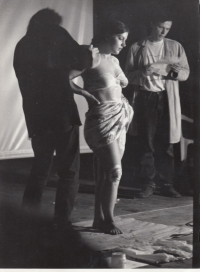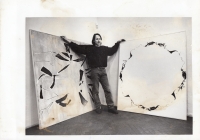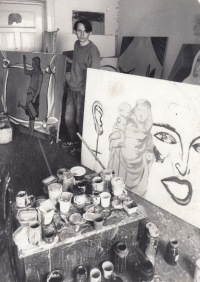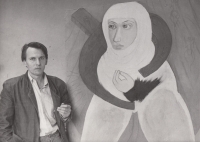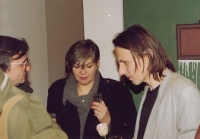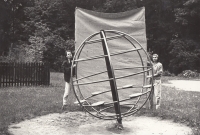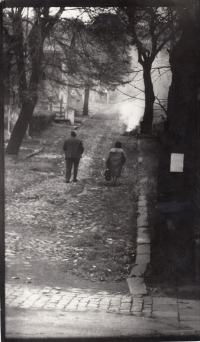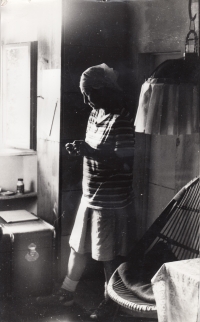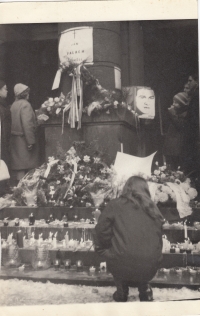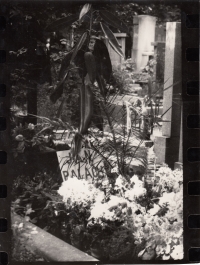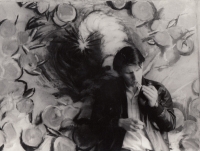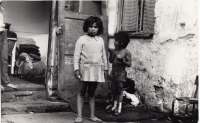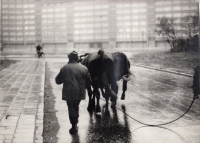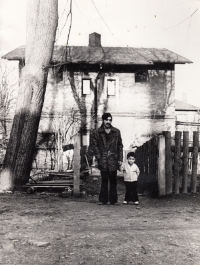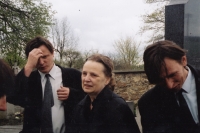I tried to think about the sacrament, the body and soul, but also about what’s vulgar
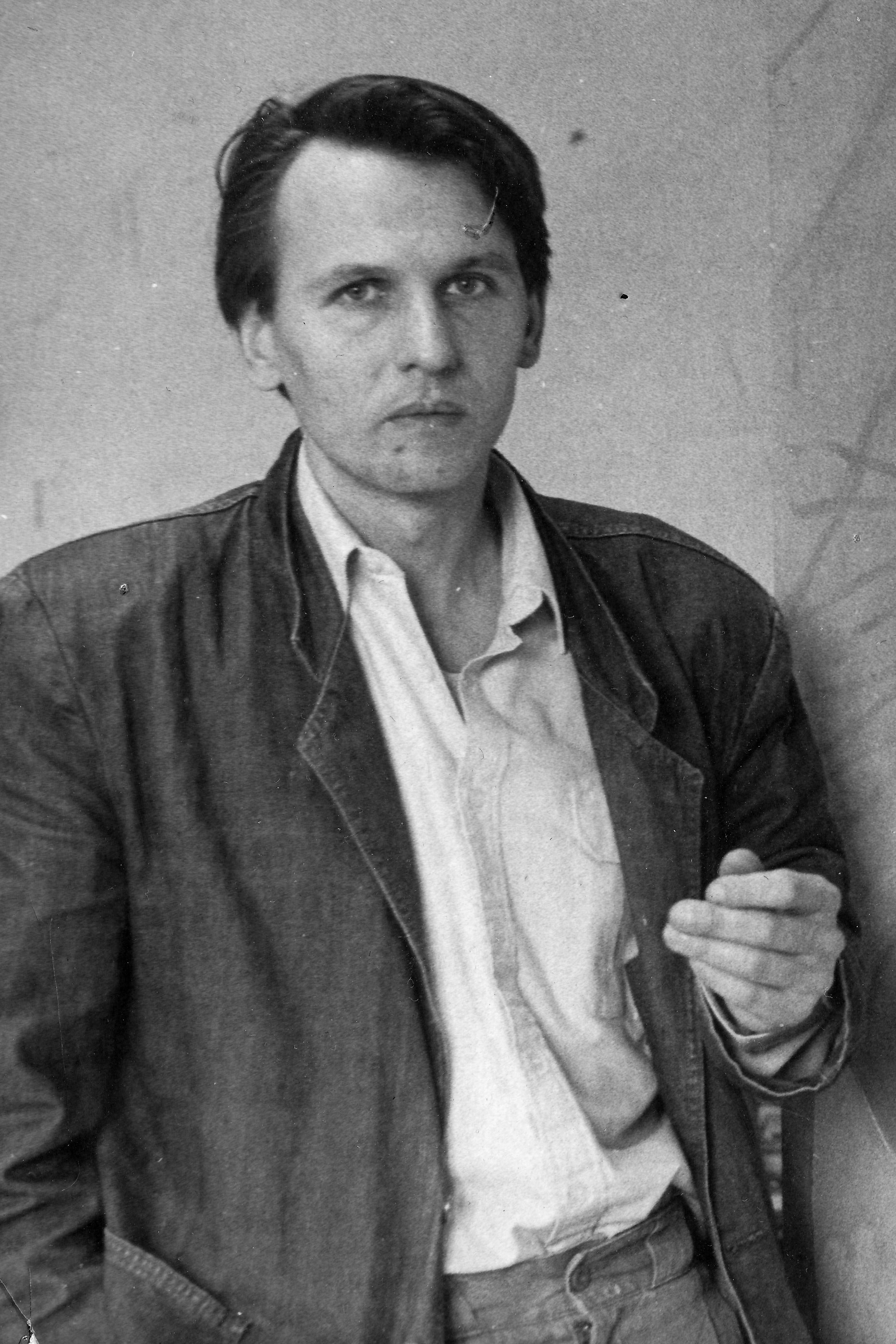
Stáhnout obrázek
Daniel Balabán was born September 20, 1957 in Šumperk but his family moved to a block of flats in a housing estate in Ostrava-Hrabůvka when he was five years old. While growing up, he was shaped by the strong evangelical background of his family which later resulted in high school disputes but also in difficulties during admission exams at the Academy of Fine Arts in Prague. After three years of attempts he was finally accepted to František Jiroudek’s studio where he then studied from 1979 to 1984. He returned to Ostrava after graduation, industrial landscape of which had also been the theme of his master thesis project. In the next period, clear post-modern tendencies working on biblical motives can be identified in his work. In the late 1980s he founded an artistic group ‘Přirození’ together with his brother Jan, Hana Puchová, Jiří Surůvka and others. They organized a number of alternative exhibitions and happenings. The Velvet Revolution enabled him to enter the sphere of official institutions and galleries. In 1993 he had an exhibition in the Václav Špála Gallery in Prague and was nominated as a finalist of the Jindřich Chalupecký Award. He became a teacher of painting at the Faculty of Education, University of Ostrava the same year. With time he got his own atelier and is the head of the Department of Painting at the Faculty of Fine Arts, University of Ostrava as of now. He became an associate professor at the Faculty of Fine Arts in 2004.
